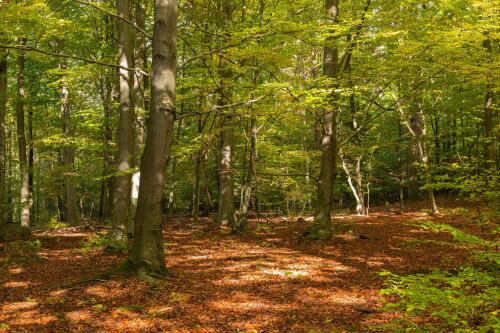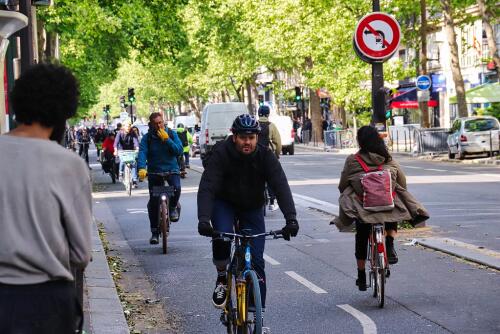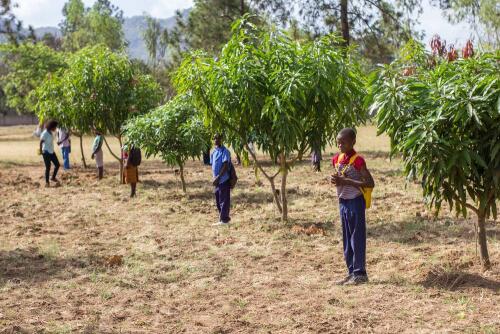Buone notizie
Last week, Brazilian President Luiz Inácio Lula da Silva, together with the Minister for Indigenous Peoples Sonia Guajajara and the Minister of Justice and Public Security Ricardo Lewandowski, signed the decrees approving two new indigenous lands in the territories of Bahia and Mato Grosso.The two new territories, in which members of the Pataxó and Karajá indigenous groups will live, will extend over approximately 35 thousand hectares.Thus, a total of 10 indigenous lands were approved in about a year and a half, thanks to the work of the two ministries involved and FUNAI (National Foundation for Indigenous Peoples)."There protection of ancestral peoples it is closely linked to the sustainability not only of our country, but of the entire planet" declared Minister Lewandowski during the meeting with the CNPI (National Council for Indigenous Policies), where the decrees were signed.«Supporting the rights of indigenous peoples means supporting the righ...
Thanks to the political choices made by the governments of Brazil and Colombia last year, the deforestation of the Amazon has definitely slowed down.The decisions of the government of President Luiz Inácio Lula da Silva have in fact recorded a 36% decrease in the loss of primary forests in 2023 (the lowest level since 2015), while in Colombia, under the presidency of Gustavo Petro, the loss of primary forests halved (-49%) compared to the previous year.Similar data demonstrate how environmental protection constitutes in all respects a viable political choice, and how the decision to pursue these objectives can lead, in just one year, to achieving extraordinary results. In the first 9 months of 2023, deforestation in the Colombian region is collapsed of 70% compared to the same period of the previous year, when the trend was already decreasing compared to 2021 (-21%).The government of Gustavo Petro, which took office in June 2022, had made environmental protection one of the cruc...
While overall in the world the surface area of forests continues to progressively reduce, in Italy it has been growing without interruption since the end of the Second World War.It did so by even recording an expansion of 28% in the thirty years between 1985 and 2015, in which it went from 8.7 to 11.1 million hectares.Italy is thus the second European country - preceded only by Spain - in terms of forest cover.Furthermore, the hectares of sustainably managed forests in Italy rose to 980 thousand in 2023, with an increase of +5.9% compared to the previous year. As demonstrated by the statistics of FAO-UNEP, currently the surface area of forests in the world amounts to a total of 41 billion hectares, representing 31% of the emerged lands and counting around 60 thousand species of trees.54.1% of it is located in the United States, Canada, Brazil, Russia and China.However, over the last 35 years, forest cover has increased across the globe a drop of more than 4%...
Thursday 4 April The Institut Paris Région (IPR), one of the largest regional urban planning and environmental agencies on the European continent, has published a regional survey on the mobility of the French, from which it emerged that the majority of citizens now prefer to travel by bike rather than by car.In fact, although the car remains the first motor vehicle used in the Region, with a strong preponderance in the outskirts of the city, the majority of residents in Paris now uses two wheels or public transport.The study confirms the efforts of the French capital in its work to discourage the use of the machine and individual motorized means of transport, which the city has been carrying out for years through targeted and more structural operations. The survey was conducted on a sample of 3,337 French citizens between the ages of 16 and 80 who agreed to equip themselves with GPS for seven consecutive days.According to the IPR, the investigation confirms "the great const...
One hundred million trees planted in 2015 and the goal of reaching one billion in 2030.41 thousand hectares of arid land restored in less than ten years, more than double the surface area of the city of Milan, which allow the livelihood of 50 thousand families and which capture 347 metric tons of CO2 per hectare, the equivalent of 100 thousand liters of diesel fuel consumed.And then the increase in biodiversity, the creation of jobs, the rediscovery of a healthy relationship between man and the environment, which allows self-sufficiency.To achieve these objectives is Trees for the Future (TREES), a non-profit regenerative agroforestry organization that trains farmers in sub-Saharan Africa in sustainable, nature-based solutions.Its results are important to the point that the United Nations Environment Program (UNEP) has awarded it the status of World Restoration Flagship, i.e. the flagship of global restoration.By 2030, the organization also aims to create 230 thousand job...




